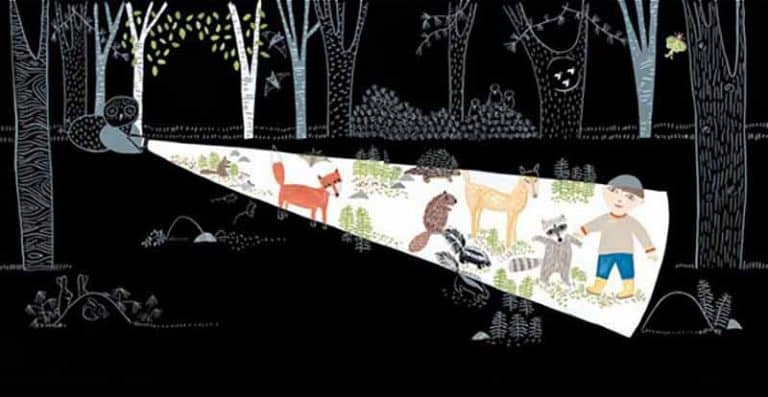TAKE-HOME STRATEGY
Supporting Active Exploration at Home

What It's About
Active Exploration is all about hands-on learning. This can mean watching, listening, smelling, touching, or tasting. It can also mean building, taking things apart, and making things happen.
You can support your child to actively explore their world by giving them plenty of chances to dig in and figure things out in their own way.
Here are some ways you can support Active Exploration at home. Keep in mind that you can change these activities to work for you and your child based on their current abilities, interests, and what you have available at home. Make sure to use safe materials and watch your child closely during these activities.
Take a look, and try out your favorites!
Outdoor Play
Adventure Path
How Does it Work?
Curiosity Box
Safe Zone
Wonder Walk
Quick Cues for Supporting Active Exploration
Some things you might do or say to help strengthen your child’s Active Exploration skills
Narrate
Describe both your own and your child’s curiosity and exploration.
This can sound like:
“I wonder what happens when you press that button? Wow, music started playing! Let’s do that again.”
“I see that you’re looking at the bird over there. Now you’re moving closer to get a better look.”
“You’re watching to see where that ant goes. I think you are wondering where it lives.”
Ask Exploration Questions
Encourage your child to explore the world and find out how things work.
This can sound like:
“I see you’re looking at the pinecone here; do you want to touch it? How does it feel when you run it against your hand?”
“What do you think will happen?”
“You want to know what squirrels eat. How can we find that out?”
Pause
Give your child time to puzzle, wonder, and try so they can reach their own conclusions.
This can sound like:
Silence. It may feel like a long time to wait or seem that your child isn’t “getting it.” But let things unfold to see where it goes.
Our Book Recommendations for Active Exploration
Engaging stories that support children's Active Exploration skills

Flashlight
Written and illustrated by Lizi Boyd, this story uses detailed scenes, instead of words, to tell a story of discovery on a dark night.
Have fun with it:
Go on a flashlight adventure! Use a flashlight to look closely around your house or outside and see what you spot.

Zonia's Rain Forest
Written and illustrated by Juana Martinez-Neal, this story follows a girl as she explores the lush setting of her home in the rain forests of Peru.
Have fun with it:
Take a walk, or a look outside. What do you notice on the ground, in the sky, and anywhere in between?
More Take-Home Strategies
We’re creating a library of resources like these so families and other caregivers can quickly and easily promote children’s development at home. Be sure to see all the strategies we have available!

